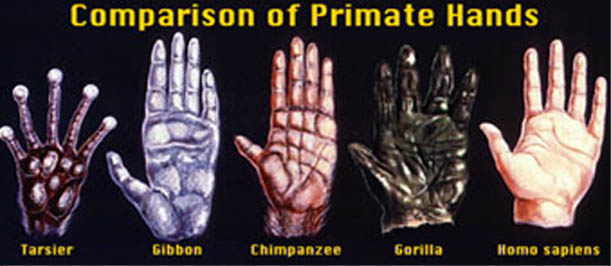

Indeed, modern humans retain arboreal climbing skills but have further sacrificed arboreal effectiveness for enhanced ability to sustain striding terrestrial bipedalism over much greater distances. Some later australopiths such as Australopithecus sediba undoubtedly became more terrestrial, allowing sacrifice of arboreal stability in favour of manual dexterity. From these, we conclude that the habitual locomotor mode of all australopiths was upright bipedalism, whether on the ground or on branches. We use a hypothesis-driven approach, tested by: virtual experiments, in the case of extinct species biomechanical analyses of the locomotor behaviour of living great ape species and analogical experiments with human subjects. Each was probably substantially arboreal and woodland-dwelling, relying substantially on arboreal resources. We explore the concept of a common Australopithecus "bauplan" by comparing the morphology and ecological context of StW 573 to that of paenocontemporaneous australopiths including Australopithecus anamensis and KSD-VP-1/1 Australopithecus afarensis.

Here, we collate the available evidence on StW 573's anatomy in order, as far as currently possible, to reconstruct what might have been this individual's realized and potential niche. While the value of this ecomorphological approach is largely accepted, it has not been widely used as a stable framework on which to build evolutionary biomechanical interpretations. A crucial aspect of interpretation of locomotor behaviour from fossil remains is an understanding of the palaeoenvironment in which the individual lived and the manner in which it would have used it.


Firmly dated at 3.67 Ma, it is one of the earliest specimens of its genus. While human paws might seem more sophisticated, the researchers' analysis suggests that the basic structure has been around for a long, long time.The StW 573 skeleton of Australopithecus prometheus from Sterkfontein Member 2 is some 93% complete and thus by far the most complete member of that genus yet found. They sampled living species-humans, apes and monkeys-as well as extinct species, including Proconsul heseloni, Ardipithecus ramidus and Australopithecus sediba.īased on their measurements they concluded that the ancient ancestor of chimps and humans likely had more human-esque hands. To see if our last common ancestor was more like a human or a chimp, researchers measured how the proportions of human and chimp hands had really changed over the years. But human hands have stayed quite similar for millions of years, tool use or not. Some early hominins that didn’t make tools and still appear to have hands that are more like those of modern humans. While chimpanzees grew longer fingers and slightly shorter thumbs, well adapted to their tree climbing lifestyles, humans developed smaller fingers and slightly longer thumbs-ideal for precisely gripping things like tools.īut now, a growing body of evidence is starting to suggest that only one piece of that logic is sound, writes Balter. Scientists have long thought that when humans and chimps diverged seven million years ago, natural selection shaped chimp and human hands differently, explains Michael Balter for Science. That’s what researchers report in a study published July 14 in Nature Communications. However, in some respects, our hands might actually be more primitive than those of our closest Great Ape relatives, chimpanzees. Humans like to think they're pretty dexterous with their sleek thumbs and strong grips.


 0 kommentar(er)
0 kommentar(er)
